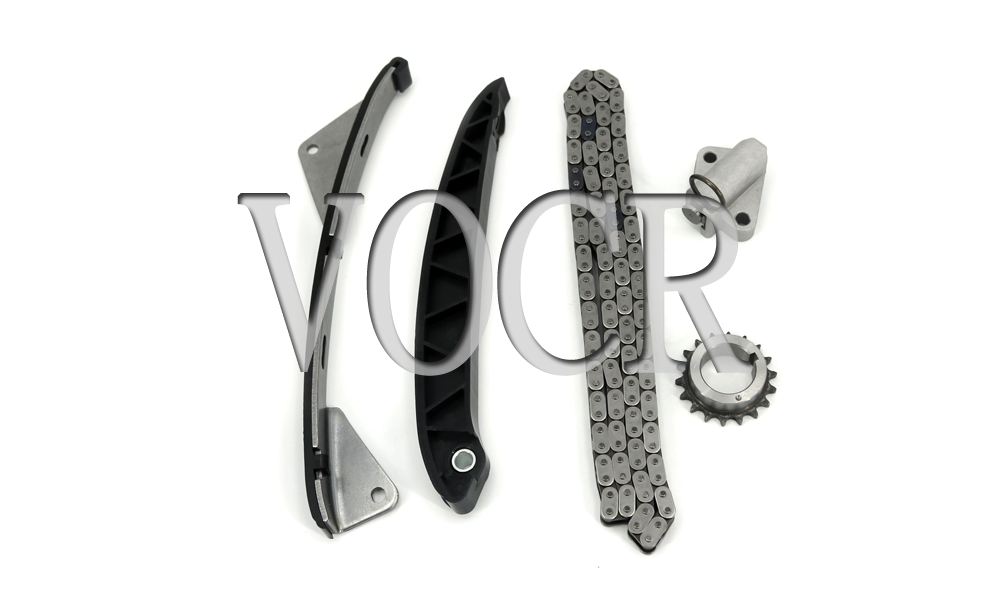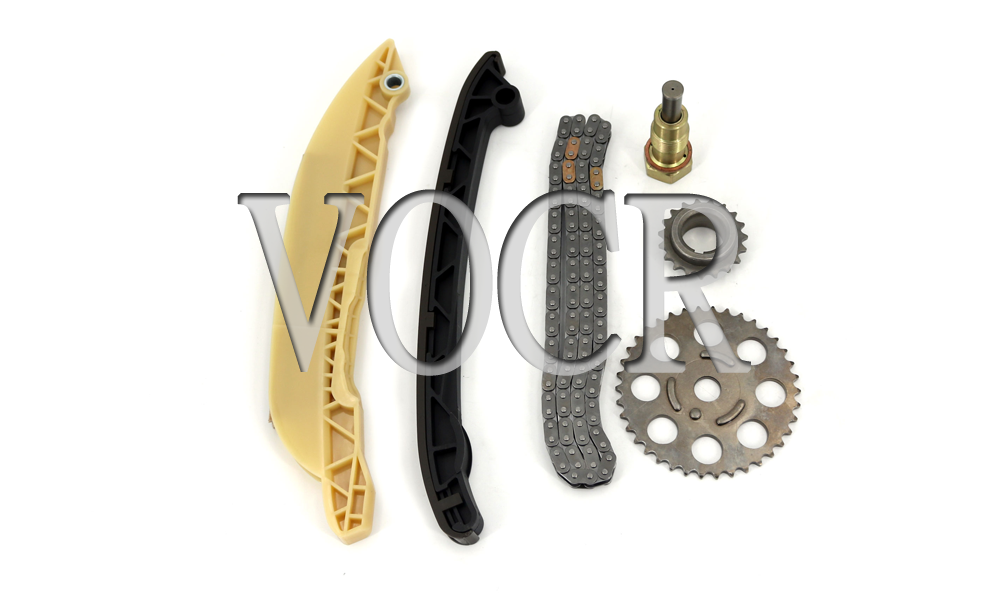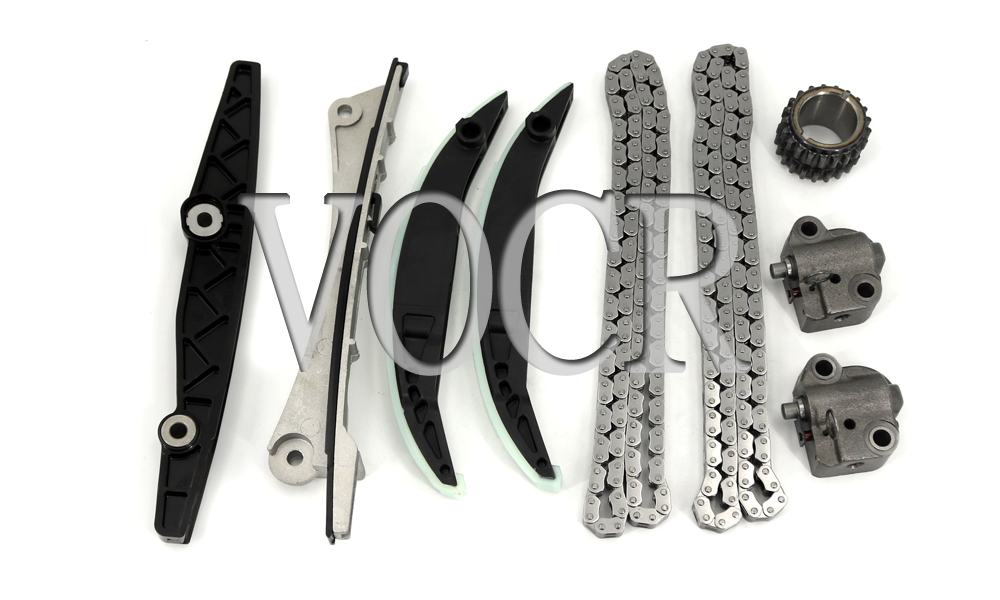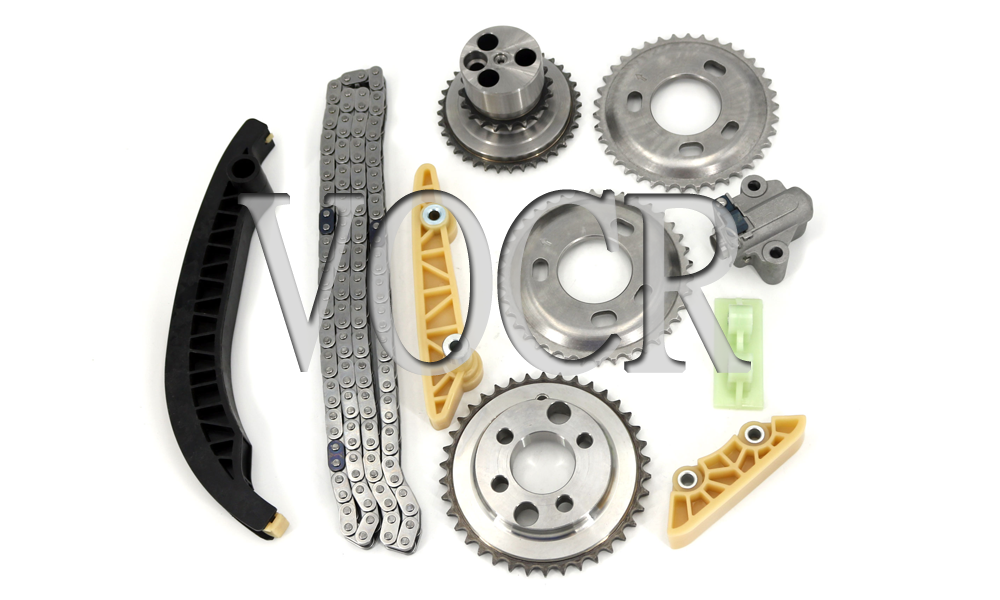How to Replace a Tensioner Pulley
A tensioner pulley on most newer cars -- from the mid 1980s to present -- is actually part of a two-piece component called the automatic belt tensioner. The tensioner's job is to apply the correct amount of tension to the serpentine belt by employing an internal coil spring. The pulley is then attached to the tensioner and acts as a guide for the tensioner to function. In most vehicle applications, the pulley can be disconnected from the tensioner and then replaced. But it's best to inspect the functionality of the tensioner as well, since the unit needs to be removed to replace the pulley. The level of difficulty widely varies per make and model.

Step 1
Read the repair manual section that illustrates the procedure to remove and replace the automatic belt tensioner in your vehicle. Every engine type in different vehicles will employ a different procedure. This will help inform you what you're getting into before starting. Obtain the belt routing diagram from the repair manual if you're replacing the belt as well.
Step 2
Locate the automatic belt tensioner on the side or front of the engine. Inspect the tensioner to use the right tool to release the tension on the belt so you can remove it from the pulley. Some may feature a 3/8-inch square-drive or 1/2-inch square-drive inlet that an appropriate-sized ratchet or serpentine belt tool adapter will fit into. Others may employ the bolt head of the tensioner pulley itself to pivot the tensioner in a clockwise motion.
Step 3
Install the proper tool into the square-drive inlet or bolt head provided with the chosen tool and then pivot the tensioner. The repair manual will illustrate which way the specific tensioner needs to move to release the tension. As stated in Step 2, tensioners that use the pulley bolt most often turn clockwise since the bolt itself will unscrew from the pulley if turned counterclockwise.
Step 4
Remove the belt from the most accessible pulley with the tensioner in the pivoted position (see Warnings). Allow the tensioner spring to relocate back to its seated position carefully and remove the tool. If the belt is being replaced, remove it from the pulley system. If you're not replacing the belt, let it stay intact with the other remaining pulleys.
Step 5
Locate and remove the automatic belt tensioner retaining bolt (see Tips). Remove the belt tensioner and inspect the rear of it for an aligning dowel. This dowel needs to be set into an inlet on the engine properly to position the tensioner correctly. The new tensioner, if applicable, will provide a new molded dowel. If you're replacing the entire automatic belt tensioner, reinstall now and torque the retaining bolt to specifications provided in the repair manual using a torque wrench and a socket and skip Step 6.
Step 6
Place the automatic belt tensioner into a bench vise, being careful not to overtighten the clamps. Many tensioners are made of lightweight aluminum and can easily crack. Position the tensioner in the vise so you can access the pulley bolt. Turn the pulley bolt counterclockwise with a ratchet and a socket. Remove the bolt, the retaining washer and the pulley. Replace the pulley, washer and bolt and tighten to specified torque illustrated in the repair manual. Replace the tensioner in the engine and replace the bolt. Tighten to specified torque.
Release the tension on the automatic belt tensioner using the serpentine belt tool or wrench to manipulate the belt back onto the pulley it was removed from. If you replaced the belt, snake it around the pulley system properly. Serpentine belts will fit snugly and allow little to no margin for error. If the belt is not going back on, it's because it's not aligned properly, the ribs of the belt are not properly sitting in the grooves on one or more pulleys, or the wrong-sized belt was purchased for replacement.
Tip
- Automatic belt tensioners that are easily accessible may not be required to remove from the engine if you're just replacing the pulley. Once the belt is removed from the pulley, you can remove the pulley bolt and washer and then remove the pulley to replace the new one.
Warning
- Be careful when releasing the tension on the serpentine belt by pivoting the automatic belt tensioner. The resistance in the spring-loaded device can cause injury or damage to other engine components if the serpentine belt tool or long-handled box-end wrench slips.
Items you will need
- Belt removal tool with adapters
- Long handled box-end wrench set
- Ratchet and socket set
- Vehicle-specific repair manual
- Torque wrench
- Bench vise
Recommended
Article Ranking
- VOCR Products Belt Tensioner Cummins
- Tensioner Pulley Bearing Removal
- Symptoms of a Bad or Failing Drive Belt Tensioner
- Most vehicles have an idler pulley
- Timing Belt Tensioner Pulley MITSUBSHI 1145A020
- Tensioner Pulley 6422000070 5080319AA 04668509AD 419006 95544 49003 89392 95271 4
- How to Replace a Tensioner Pulley
- The tensioner pulley belt is usually attached to these arms which
New Ranking
- VOCR Products Belt Tensioner Cummins
- Most vehicles have an idler pulley
- The tensioner pulley belt is usually attached to these arms which
- How to Replace a Tensioner Pulley
- Symptoms of a Bad or Failing Drive Belt Tensioner
- Tensioner Pulley 6422000070 5080319AA 04668509AD 419006 95544 49003 89392 95271 4
- Timing Belt Tensioner Pulley MITSUBSHI 1145A020
- Tensioner Pulley Bearing Removal




